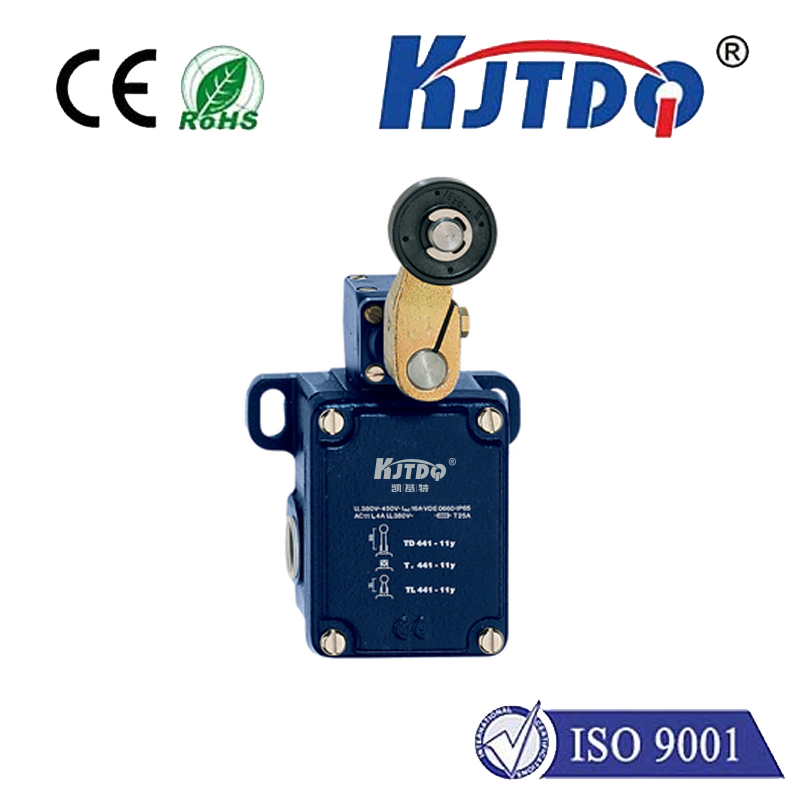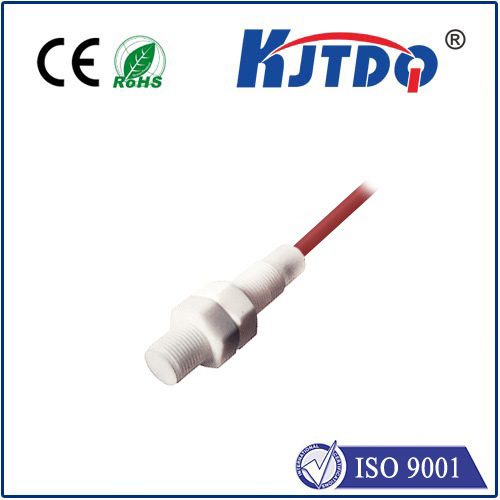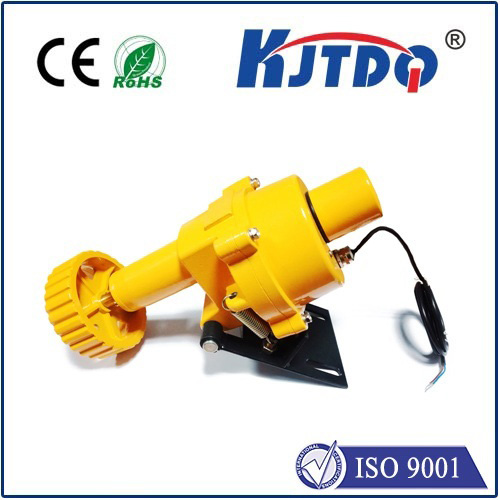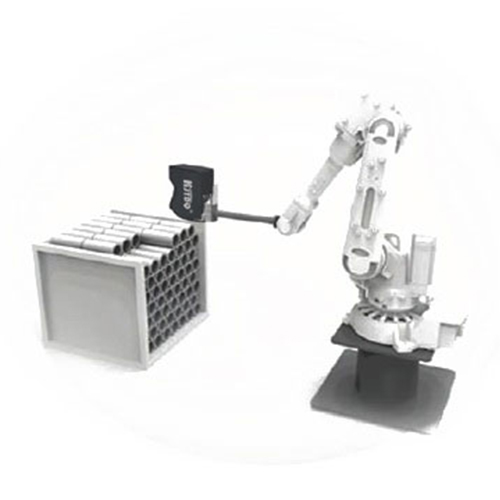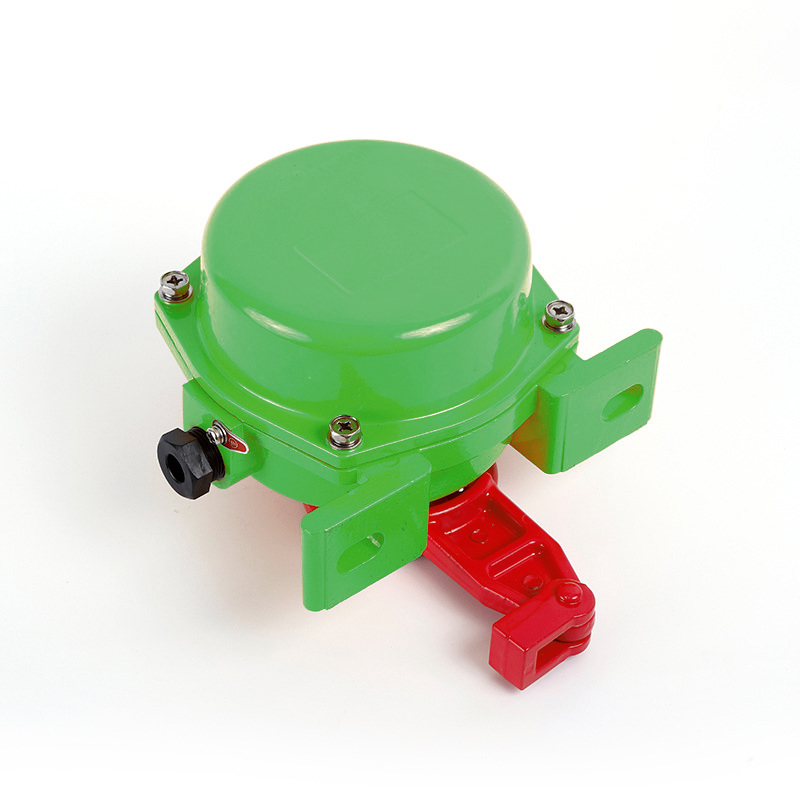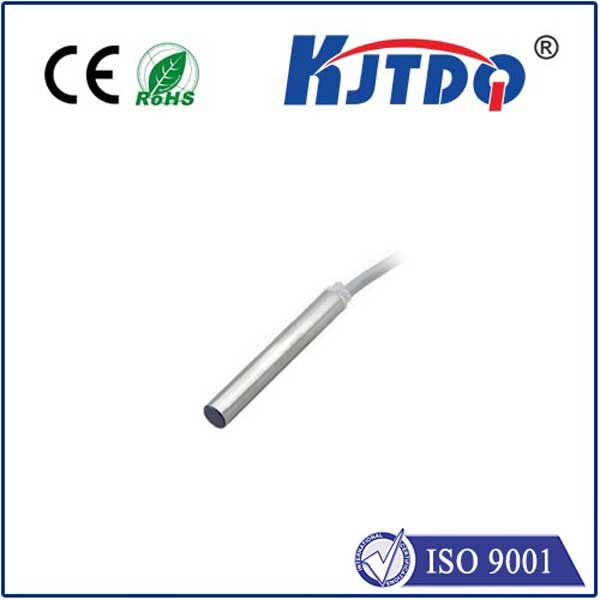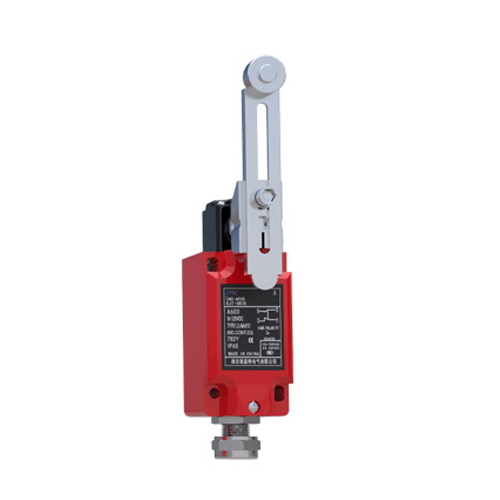proximity sensor ultrasound i2c
- time:2025-09-09 00:52:54
- Нажмите:0
Integrating Ultrasound Proximity Sensors with I2C: Efficient Distance Sensing Solutions
Designing responsive interfaces or obstacle-avoidance systems? Success hinges on reliable, real-time distance measurement. Among the array of proximity sensing technologies, ultrasonic proximity sensors offer a unique blend of non-contact operation and environmental resilience. When these sensors are combined with the ubiquitous I2C bus, engineers unlock powerful, space-saving, and easily scalable solutions. This synergy creates compact modules ideal for modern electronics demanding precise distance data.
Understanding Ultrasonic Proximity Sensing Fundamentals
Ultrasonic proximity sensors operate by emitting high-frequency sound waves (typically beyond human hearing, around 40kHz) and then precisely measuring the time taken for the echo to return after bouncing off a target object. Distance is calculated based on the known speed of sound. This principle offers distinct advantages:
- Object Agnostic: Works effectively on most materials – transparent, dark, or reflective – unlike optical sensors.
- Environmental Robustness: Performance is largely unaffected by ambient light conditions, dust, or smoke, making them suitable for challenging industrial or outdoor settings.
- Cost-Effectiveness: Generally less expensive than technologies like LiDAR while offering good performance for many range-finding tasks (typically detecting objects from a few centimeters up to several meters).
The Power of I2C Communication in Sensor Integration
The Inter-Integrated Circuit (I2C or I²C) protocol is a cornerstone of embedded systems. Its simplicity and effectiveness make it ideal for connecting moderate-speed peripherals to microcontrollers. Key characteristics include:

- Minimal Wiring: Requires only two bidirectional lines – Serial Data Line (SDA) and Serial Clock Line (SCL). This drastically reduces PCB footprint and wiring complexity, especially compared to analog output sensors needing dedicated ADC channels.
- Addressability: Multiple I2C devices can coexist on the same bus by assigning unique addresses. This enables easy expansion of sensing capabilities by adding more sensors without needing extra controller pins.
- Standardized Protocol: Provides a consistent digital interface for reading sensor data and configuring parameters, simplifying code development and debugging across diverse hardware platforms.
- Digital Signal Integrity: Transmitting distance data digitally via I2C minimizes susceptibility to noise and voltage drops over cable lengths compared to analog voltage signals.
Synergy: Ultrasound Proximity Sensors Meet I2C
Integrating an ultrasonic ranging module with an I2C interface transforms it from a simple sensor into a smart, easily embeddable component. Here’s why the combination is compelling:
- Simplified Hardware Design: Connect sensor, power, ground, SCL, and SDA. That’s typically all you need. No complex analog signal conditioning circuits or multiple ADC channels are required.
- Efficient Microcontroller Utilization: A single I2C bus can handle multiple ultrasonic sensors (and often other types of sensors too). This frees up valuable GPIO pins and microcontroller resources for other critical system tasks.
- Easy Configuration: Parameters like measurement mode (single shot vs. continuous), sensitivity thresholds, or even the speed of sound calibration (for varying temperature environments) can often be configured via I2C register writes.
- Reliable Digital Data: Distance readings are transmitted digitally over I2C, reducing noise corruption issues common with analog interfaces. Real-time ranging data arrives ready for the microcontroller to process or log. Many modules also provide status flags (object detected, error conditions) through the bus.
- Compact Form Factor: The minimal wiring requirement allows manufacturers to package the ultrasonic transducer, driving circuitry, and I2C interface into remarkably small modules. These are perfect for space-constrained applications like mobile robots, drones, or compact consumer devices.
Key Applications Enabled by I2C Ultrasonic Sensors
This powerful combination finds use across diverse sectors:
- Robotics & Drones: Crucial for object detection, obstacle avoidance, and collision prevention systems on autonomous platforms.
- Liquid Level Monitoring: Non-contact measurement in tanks, reservoirs, or industrial processes.
- Smart Infrastructure: Parking sensor systems, automated doors/gates (presence detection), and smart shelves (inventory sensing).
- Consumer Electronics: Proximity detection for user interfaces (turning displays on/off), gesture recognition (less common than IR, but viable), and simple automation triggers.
- Промышленная автоматизация: Part presence verification on conveyor belts, bin level detection, and robot guidance.
Меры предосторожности
While highly advantageous, understanding a few practicalities ensures successful deployment:
- Range Limits: Be mindful of the specific sensor’s minimum and maximum detection range. Objects too close might saturate the receiver, while distant objects or sound-absorbing materials might not provide a detectable echo.
- Field of View: Ultrasonic sensors have a detection cone. Objects outside this cone might not be detected. Mounting angle is important.
- Multiple Sensors: When using several I2C ultrasonic sensors on the same bus, ensure they have unique, non-conflicting addresses. Optimize polling timing to avoid SDA contention.
- Sound Propagation: Temperature variations affect the speed of sound, impacting measurement accuracy. Higher-end I2C modules may offer temperature compensation or allow calibration value input.
- Signal Processing: Implementing simple filtering in the microcontroller firmware (like median filtering or ignoring physically impossible jumps) can significantly enhance the reliability of the distance readings provided by the sensor over the I2C bus.
- Acoustic Interference: Environments with loud ultrasonic noise sources (like other ultrasonic sensors or certain machinery) can potentially interfere. Physical mounting or shielding might be necessary.
The Future: Smarter, More Integrated Sensing
The trend leans towards even greater integration. We see I2C ultrasonic sensors incorporating advanced signal processing onboard, providing not just raw distance but also filtered, stable data directly. Integration with other sensor types (like temperature sensors) within the same module is also becoming more common, allowing for compensation and richer data streams over the efficient I2C interface. As sensor fusion grows, ultrasonic proximity sensors with I2C will continue to be a vital component, feeding distance data seamlessly into complex decision-making systems in IoT devices, automation, and robotics.
Leveraging the inherent strengths of ultrasonic distance measurement combined with the convenience and efficiency of the I2C bus creates a versatile and powerful tool for engineers. Understanding both the core technology and the integration nuances is key to unlocking its full potential for precise, reliable proximity sensing in your next project.

